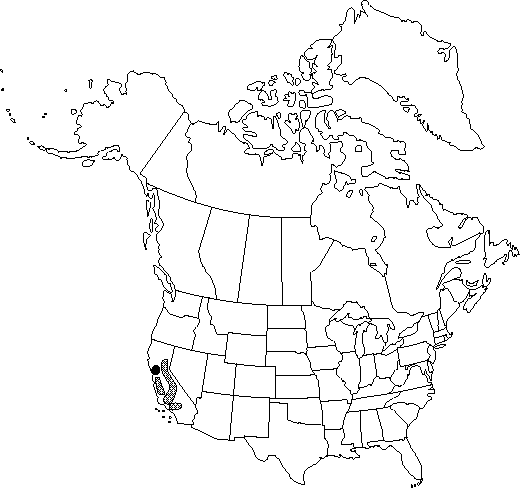Difference between revisions of "Enemion occidentale"
Bull. Misc. Inform. Kew 1920: 160. 1920.
Common names: Western rue-anemone
EndemicIllustrated
Basionym: Isopyrum occidentale Hooker & Arnott Bot. Beechey Voy., 316. 1841
Treatment appears in FNA Volume 3.
imported>Volume Importer |
imported>Volume Importer |
||
| Line 60: | Line 60: | ||
|publication year=1920 | |publication year=1920 | ||
|special status=Endemic;Illustrated | |special status=Endemic;Illustrated | ||
| − | |source xml=https:// | + | |source xml=https://bitbucket.org/aafc-mbb/fna-data-curation/src/2e0870ddd59836b60bcf96646a41e87ea5a5943a/coarse_grained_fna_xml/V3/V3_294.xml |
|genus=Enemion | |genus=Enemion | ||
|species=Enemion occidentale | |species=Enemion occidentale | ||
Latest revision as of 21:47, 5 November 2020
Stems 10-40 cm, cespitose, not rhizomatous; roots tuberous. Leaves abaxially glabrous; leaflets irregularly 2-3-lobed, lobes often with 1-3 secondary lobes; apex rounded, glandular-apiculate. Inflorescences axillary, flowers solitary or loosely grouped in 2-3-flowered leafy cymes; peduncle not strongly clavate. Flowers: sepals (5-)7-11.5 × 2.8-7 mm; stamens 20-40; filaments filiform to club-shaped, 2.2-6 mm. Follicles sessile, upright to widely divergent; body oblong, (7.7-)8.5-11.5 mm, abruptly contracted into style beak; beak 0.8-1.7 mm. Seeds 1.5-2 mm, glabrous.
Phenology: Flowering early spring.
Habitat: Shaded places, oak woodland, chaparral, and coniferous and deciduous woods
Elevation: 200-1500 m
Discussion
Enemion occidentale is endemic to California where it is infrequent and local (P. A. Munz 1959).
Selected References
None.
Lower Taxa
None.

